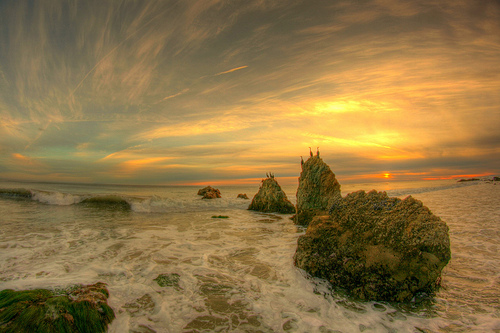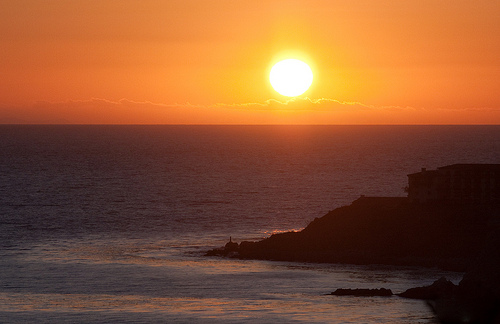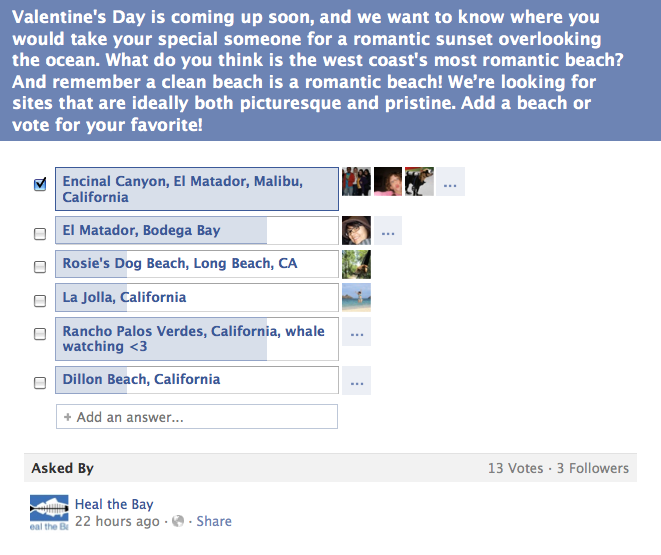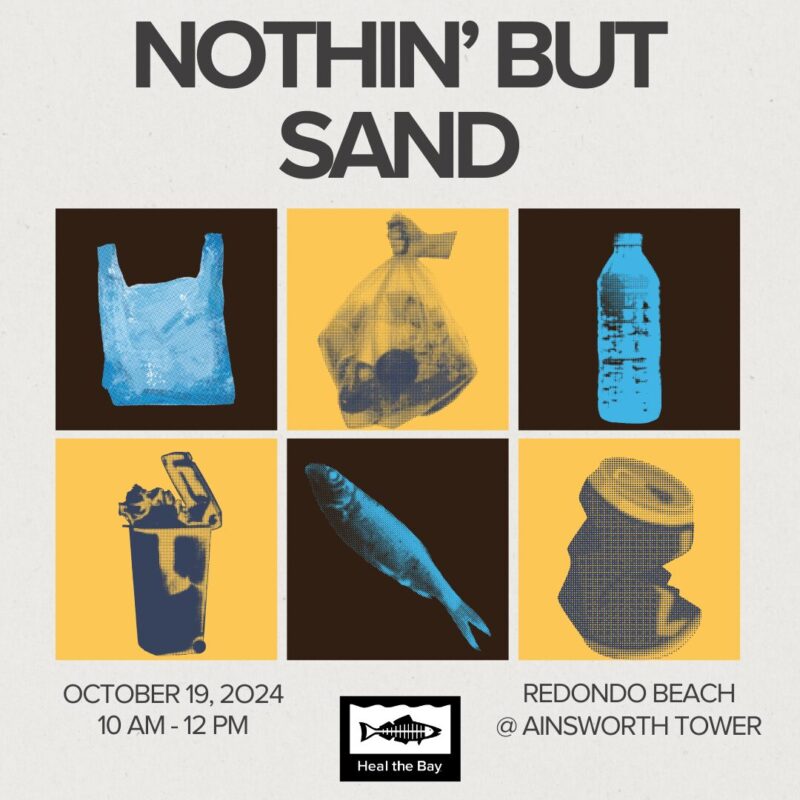Ocean lovers in the Orange County now have a newly-enhanced resource for assessing water quality conditions before going for a swim.
The Orange County Health Agency’s Ocean Water Protection Program just upgraded its public web tool, making it more user-friendly with features that include:
- An interactive Google Earth map on the homepage that allows a quick status check of current ocean water quality conditions.
- Color-coded map pins (green-yellow-red) indicating the current ocean water quality conditions.
- A “menu bar” along the top of the Google Earth map that provides an easy-to-use drop down list to find your favorite local beach area, from Huntington Beach to San Clemente.
- Clicking on the drop down list provides a close up view of the local beach area with water quality status, current weather conditions, beach amenities and beach information links.
- Clicking on a color-coded pin provides a photo and directions to the beach along with information about the monitoring location and its sampling frequency.
Read how California beaches fared in Heal the Bay’s recently-released annual Beach Report Card® . Weekly grades are also available from your iPhone or Android or online at www.beachreportcard.org. In addition, grades can now be viewed on Weather Underground.



 VS.
VS. 

